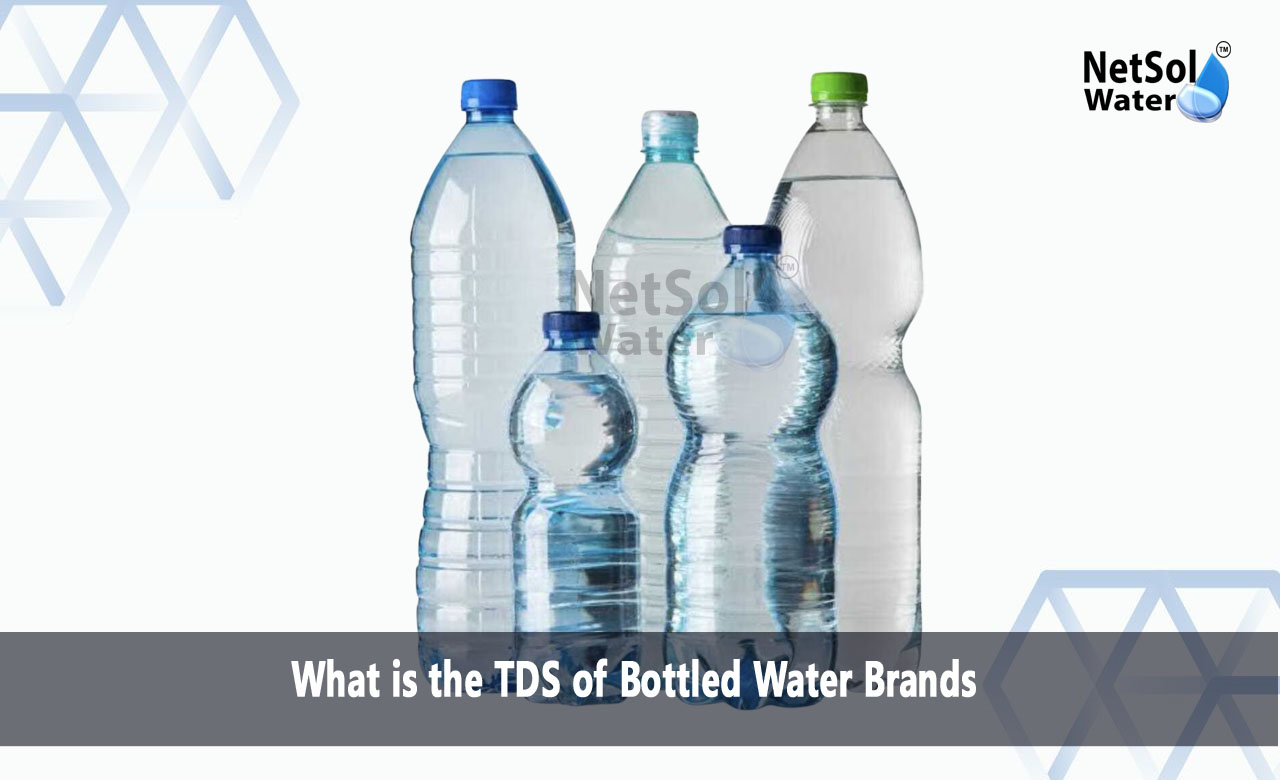What is the TDS of Bottled Water Brands?
Understanding what is in the water we drink matters for health and taste. Many people ask What is the TDS of bottled water brands when they pick a bottle at the store. TDS stands for total dissolved solids and it captures minerals and salts and other tiny particles that water carries. A clear label and a clear idea help people choose water that fits their needs. Some people prefer low TDS for a clean neutral taste. Other people prefer higher TDS for a fuller taste and for minerals that change the mouth feel. Reading labels and testing water gives you control over what you drink.
What is TDS?
Water carries minerals and tiny particles that change how it tastes and how it feels. The concept of TDS helps to sum up these particles as a single number that people can compare. Let us have a look on some details that explain this idea clearly.
TDS means the total mass of dissolved substances in water. These substances include calcium and magnesium and sodium and bicarbonate and other ions. TDS shows the overall mineral content without naming each mineral.
How TDS appears in water?
Water picks up minerals from rocks and pipes and from the treatment process. Bottled water may start as spring water or it may come from a municipal source. Producers may filter and add minerals and then adjust the TDS to match a target taste or standard.
Importance of TDS in bottled water
TDS affects taste and function in subtle ways and so it matters when you choose bottled water. Let us have a look on some reasons why this number deserves attention.
TDS and taste
Higher TDS often gives water a fuller rounder taste. Lower TDS tends to taste flat or neutral. People who drink water for a mild taste will prefer a low TDS bottle. Those who pair water with food or who want a mineral taste will choose higher TDS.
TDS and appliances
Water with very high TDS can leave mineral deposits in kettles and coffee machines. Lower TDS can reduce deposits and make cleaning easier. Choosing the right TDS can protect small home devices.
Common TDS ranges in bottled water brands
Brands set TDS targets to match a market profile and to keep a steady product. Let us have a look on some common ranges and how they compare in practice.
Low TDS bottled water
Many purified waters show TDS below fifty parts per million. These bottles aim for a neutral clean taste and they suit people who want minimal minerals. They work well for mixing with baby formula or for use in appliances.
Moderate TDS bottled water
Some spring waters fall in the range of fifty to three hundred parts per million. These waters show a light mineral profile and they offer a balanced taste. Many popular brands fit in this range because they preserve some natural minerals while keeping a mild taste.
High TDS bottled water
Mineral waters and some natural springs can exceed three hundred parts per million. These waters show a strong mineral presence and a distinct taste. People who enjoy a mineral rich taste prefer these bottles and chefs may choose them for pairing with certain dishes.
How to measure TDS at home?
Measuring TDS helps you confirm what a label claims and it gives you a quick check of water quality. Let us have a look on some easy ways to test TDS at home and what each method shows.
TDS meter method
A TDS meter gives a fast numeric reading when you dip its probe into water. The meter shows parts per million and a reading below fifty means very low dissolved solids. A reading above three hundred means a richer mineral content. These meters cost little and they work well for quick checks.
Comparison tests
You can set up a simple taste test by pouring water samples into identical glasses and tasting them side by side. Tasting does not give a number but it helps you judge preference. Combine tasting with a meter for both data and personal feel.
Health implications of TDS levels
TDS links to mineral content and those minerals affect daily nutrition and function. Let us have a look on some health notes and how to use TDS as a guide.
Minerals and daily intake
Calcium and magnesium come from many foods and from water as well. Water with moderate TDS can add a small portion of these minerals to your diet. Water with very low TDS gives negligible minerals and so you should get those nutrients from food.
Safety and extreme levels
Very high TDS may signal high salt or unusual mineral levels that you may want to avoid if you have a health condition. Very low TDS may lack minerals but it will not harm healthy adults in daily use. For specific health concerns consult a professional.
Conclusion
Knowingthe TDS of bottled water brands helps people pick water that fits taste needs and health needs. A clear number gives a starting point for choice and for testing. If you want help reading labels or if you want a simple test for your preferred bottles please get in touch for more information or request a consultation.
Contact Netsol Water at:
Phone: +91-9650608473, Email: enquiry@netsolwater.com



